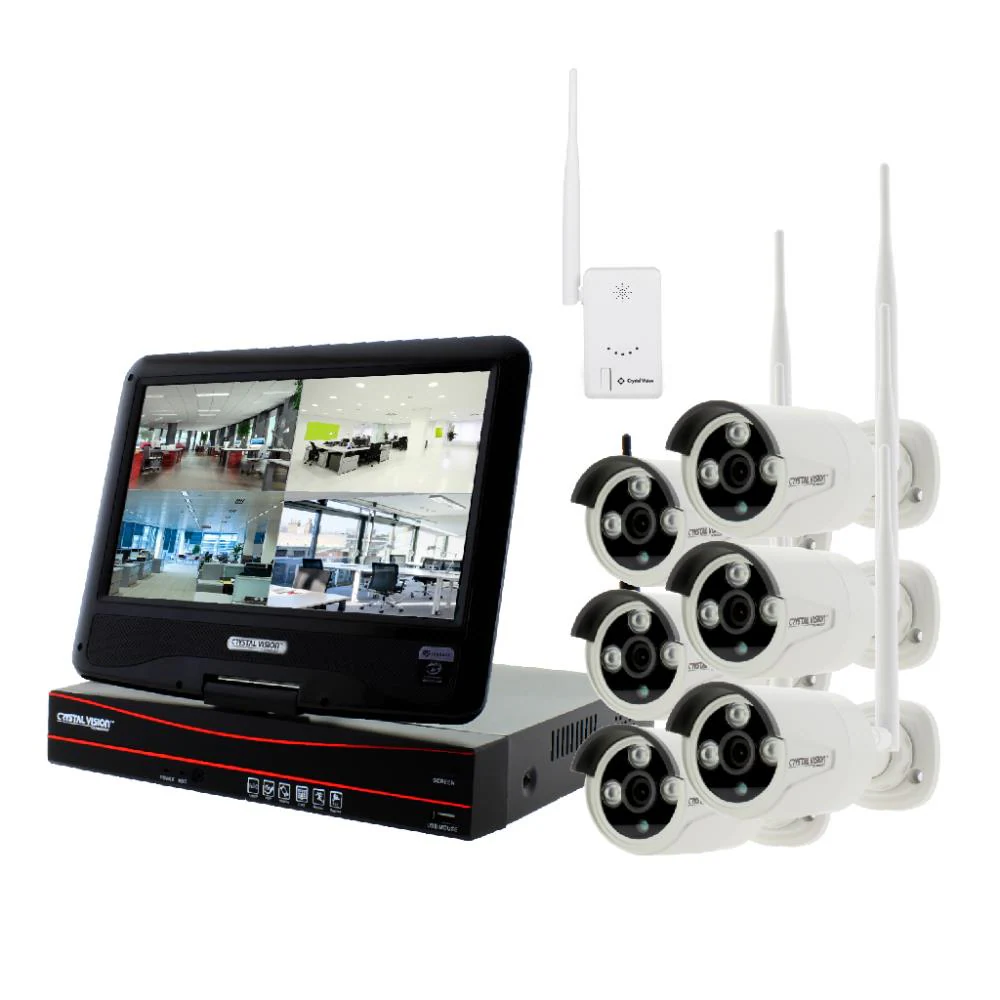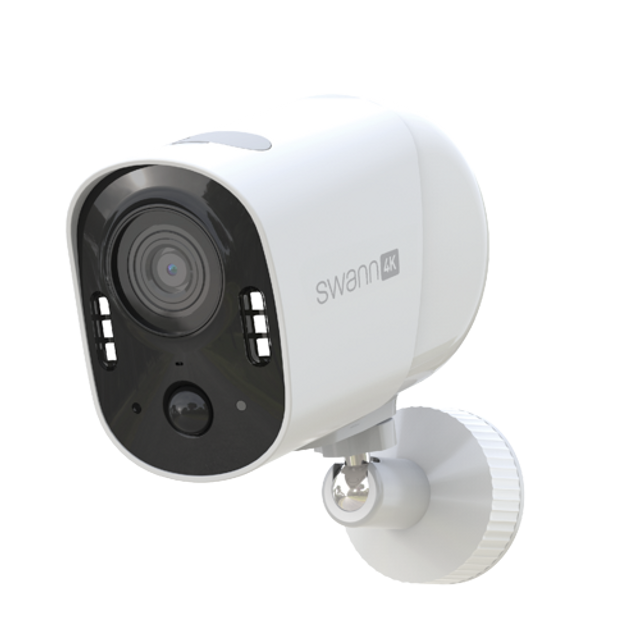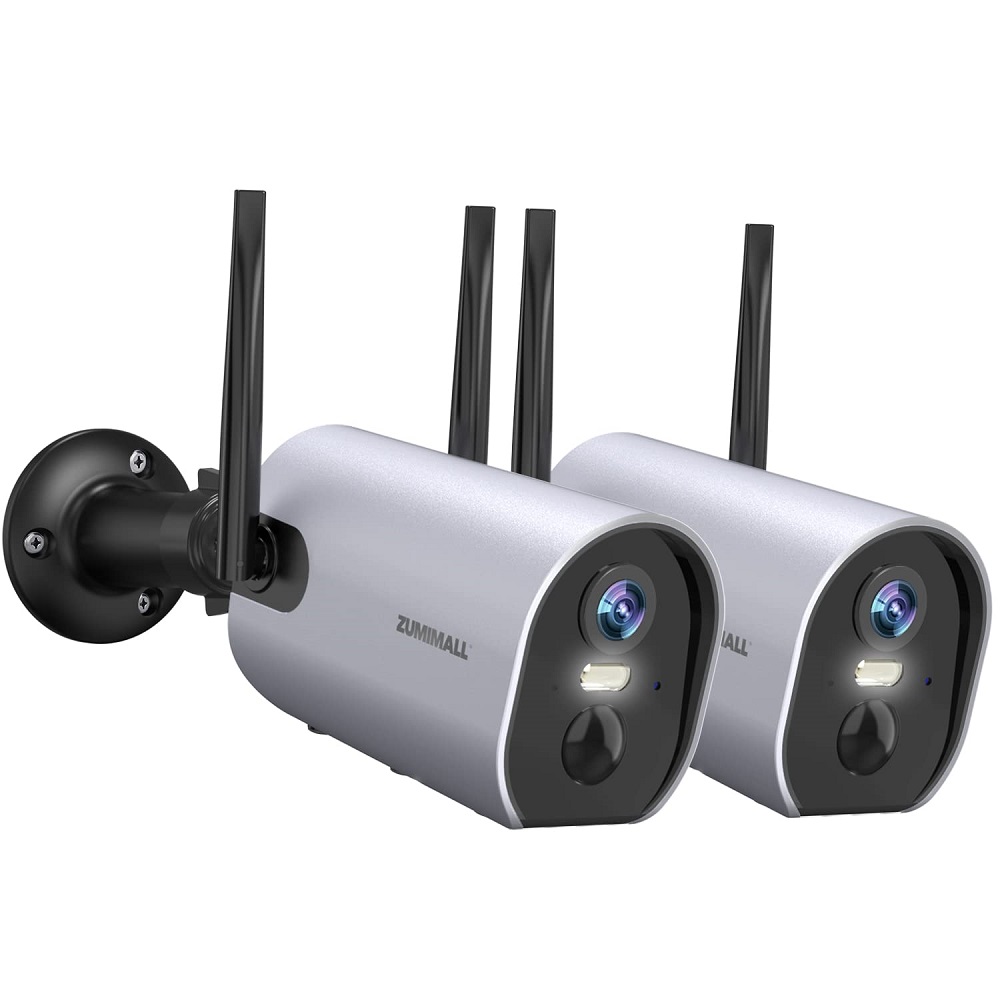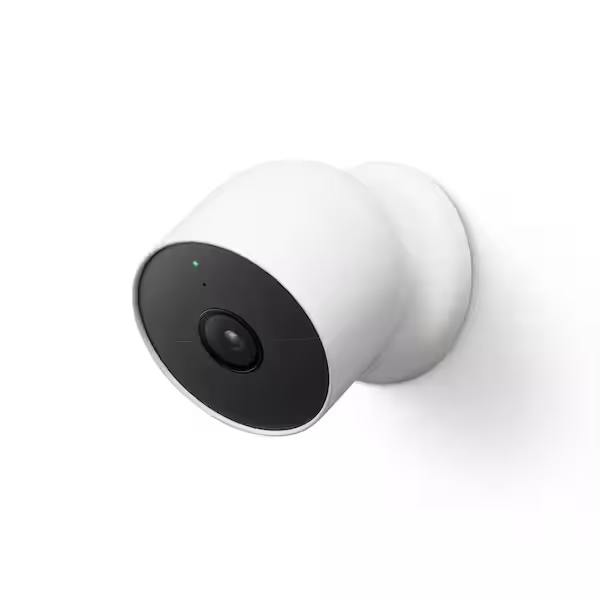Selecting the right outdoor camera wireless can significantly enhance security and provide peace of mind. With the market flooded with options, understanding what features matter most is vital. A suitable camera can provide not just surveillance but also play a role in crime deterrence and property monitoring. In this guide, we’ll break down the essential aspects to consider when choosing an outdoor camera wireless, helping you make the best choice for your specific requirements.
Assessing Your Security Needs
Analyze Your Environment
Before diving into the details of camera models, take a moment to assess your specific security needs. Consider the area you want to monitor—be it a vast yard, a narrow entryway, or perhaps a back patio. Identify potential entry points or vulnerable areas that require heightened surveillance. For example, side doors and driveways are prime spots for theft. Also, consider whether you need a camera for monitoring children playing outside or to deter vandalism. Taking these factors into account will help you determine how many cameras you might need and their placement for optimal coverage.
Determine Your Coverage Area
Next, observe which areas require surveillance. Do you need a camera that covers a wide area, or are you focused on a specific spot? Wide-angle cameras can capture more in a single frame, which is ideal for structural surveillance. In contrast, focused models are effective for monitoring specific entry points or areas where packages are delivered. Understanding your coverage requirements also helps in evaluating how high to mount the camera and what features are necessary, such as pan-tilt-zoom capabilities for better tracking.

Key Features to Consider
Resolution Matters
When it comes to cameras, resolution is a critical factor. Higher resolution translates to clearer images and ensures that you don’t miss important details. Most modern outdoor cameras offer at least 1080p HD resolution, which is sufficient for most needs. However, if your budget allows, consider 4K resolution for even sharper images, especially if you intend to monitor a significant area or identify faces from a distance. Remember, the clearer the image, the easier it will be to take actionable steps in the event of an incident.
Night Vision Capability
Security doesn’t stop when the sun goes down, making night vision capabilities vital. Look for cameras with excellent night vision features that utilize infrared technology for clear footage in low-light conditions. Some cameras offer color night vision, which adds a layer of detail that monochrome images cannot provide. Make sure the camera has a sufficient range for night vision, ensuring effectiveness in monitoring dark areas of your property. This functionality is crucial for deterring intruders, as many crimes occur after dusk.
Wireless Connectivity Options
Wi-Fi Range
Since you are looking for a wireless camera, understanding its Wi-Fi range is essential. Some models have limitations on how far they can be from your router. Measure the distance from your router to where you want to place the camera, taking note of any obstructions like walls and trees that can interfere with the signal. If the distance is too great, consider investing in a Wi-Fi extender or selecting a camera with a more extended operational range. Additionally, some cameras can connect to mesh networks, improving overall connectivity throughout your property.
Battery Life
Another essential aspect of wireless cameras is battery life. Some cameras run on batteries, while others plug into an outlet. If you opt for a battery-operated device, check how long the batteries last and how easy they are to replace or recharge. Some models come with solar panels for continuous power, which can be a lifesaver in hard-to-reach locations. Consider the camera’s power management features and look for models that optimize energy consumption while maintaining high performance.

Additional Features
Motion Detection and Alerts
Most modern outdoor cameras include motion detection capabilities. This feature can trigger recording when movement is detected, bringing the camera to life as soon as it senses activity. Look for models that not only notify you through alerts but also allow customizable sensitivity settings to minimize false alarms caused by passing cars or animals. Some cameras enable video clips to be saved whenever they detect motion, providing you with crucial evidence if needed.
Cloud Storage vs. Local Storage
When choosing your camera, consider how it stores footage. Some offer cloud storage, allowing you to access footage remotely and making it easy to review recordings from anywhere. However, be aware of potential subscription fees that may apply. Others provide local storage options, such as microSD cards or built-in NVR capabilities. Assess which option suits your preferences and budget best, keeping in mind that having backup footage is essential for security. Local storage can safeguard your data from hacking, while cloud storage offers convenience and remote access.
Integrating with Smart Home Systems
Compatibility
If you have a smart home setup, ensure the camera you choose is compatible with your existing devices. Many cameras are designed to work seamlessly with voice assistants like Amazon Alexa and Google Assistant. This integration enables you to check camera feeds, control settings, and even communicate through two-way audio using voice commands. Compatibility enhances your overall smart home experience and allows for better automation options, enabling your camera to work alongside other smart devices for added security.
App Functionality
Look for cameras with user-friendly mobile applications. A good app can enhance your overall experience, allowing you to view live footage, receive alerts, and customize settings with ease. Make sure the app is compatible with your smartphone’s operating system, whether it’s iOS or Android. Reviews and user feedback can provide valuable insights into the app’s usability. A well-designed app can streamline managing multiple cameras, making it simple to switch between views and adjust settings as needed.
Budget Considerations
Understanding Pricing Tiers
Outdoor camera wireless come with a variety of price points. Understanding your budget helps narrow down your options effectively. Basic models may start at around $30 to $100, while more advanced cameras can exceed $300 or more for high-end features. Additionally, consider what features are most crucial for you; sometimes, spending a bit more on a high-quality camera can save you money in the long run due to less frequent replacements or repairs.
Considering Long-term Costs
While the initial price is essential, it’s equally important to think about long-term costs associated with your purchase. Consider potential subscription fees for cloud storage, which can add up over time. Also, factor in costs for accessories, such as mounting brackets or additional batteries. A little planning in this area can help you budget more effectively and ensure that your camera system remains operational without unexpected costs.

Installation and Maintenance
Ease of Installation
Depending on your DIY skills, consider how easy the camera is to install. Some models offer simple plug-and-play setups, while others may require more complex installation involving wiring and system configuration. Make sure the camera comes with clear instructions and all necessary mounting hardware. If you prefer professional installation, check whether this service is offered by the manufacturer or through third-party providers.
Regular Maintenance
Like any electronic device, outdoor cameras require regular maintenance to function optimally. It’s essential to check for firmware updates to ensure your camera can take advantage of the latest features and security improvements. Additionally, clean the lens occasionally to maintain clear image quality; dirt, dust, and moisture can impair functionality. Being proactive in maintenance will enhance your camera’s longevity and effectiveness in safeguarding your property.
Conclusion
Choosing the best outdoor camera wireless involves careful consideration of various factors. Start by assessing your specific security needs, understanding key features, and integrating the camera into your lifestyle. Take into account budget options, installation requirements, and maintenance tasks as well.
With the right camera, you can enhance your home’s security, gain peace of mind, and ensure a safer environment for you and your loved ones. Take the time to research thoroughly and select the camera that best suits your needs, investing wisely in your home’s security system today. Your choice will pay dividends in safety and peace of mind for years to come.
